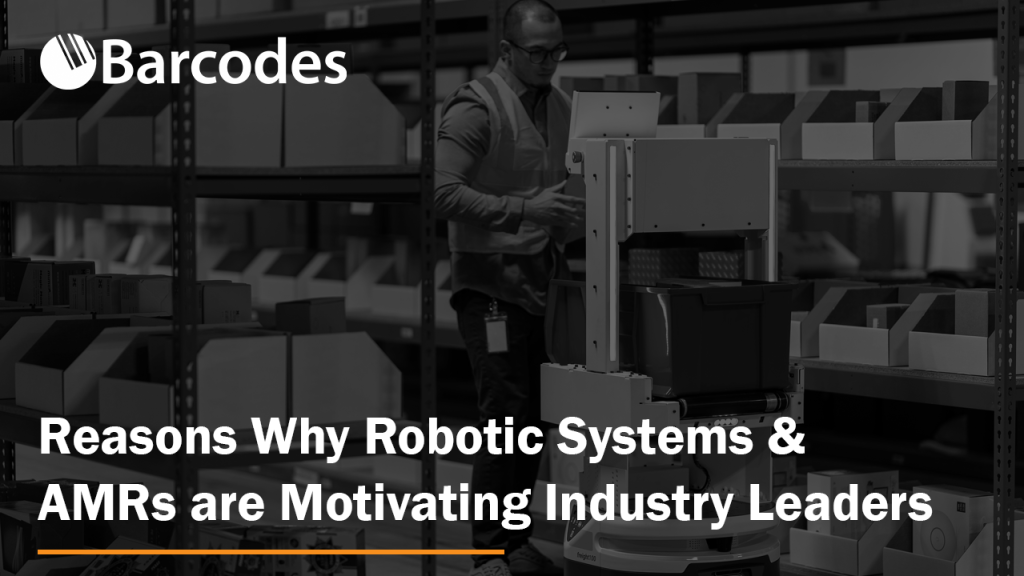Reasons Robotic Systems and Autonomous Mobile Robots Are Motivating Industry Leaders

Businesses and enterprises are exploring robotic systems to help them overcome challenges. Finding the balance between meeting demands and controlling costs is familiar for Fulfillment and e-commerce, distribution centers, and manufacturing. However, since the onset of the COVID-19 pandemic in 2020, companies have found that the information technology and operational technology (IT and OT) that helped them operate effectively in 2019 no longer allow them to keep up.
Robotic systems, including autonomous mobile robots (AMRs), support the intelligent, automated operations that enterprises need to stay competitive and profitable.
The Challenges Driving the Move to AMRs
Robotic systems and autonomous mobile robots give operations solutions to some of their most serious challenges.
Labor
Job openings in the U.S. have totaled more than 10 million each month from 2021 to 2022. More than 800,000 of those positions are in retail trade, and 795,000 are in manufacturing – and industry growth is outpacing available labor by a 6:1 ratio. Furthermore, businesses are not only struggling to fill positions. They are also finding it difficult to retain them.
AMRs can easily accomplish tasks in the warehouse or distribution center, such as transporting freight, replenishing parts to manufacturing lines, and transporting items or consumables to packing stations. As a result, robotic systems allow enterprises to make the best use of their labor as they automate basic tasks.
Supply Chain Disruptions
The pandemic also disrupted and slowed the supply chain worldwide. Fulfillment centers, warehouses, and distribution centers have had to respond with greater efficiency and visibility into inventory movements.
Robotic systems enable operations to move materials, cargo, or merchandise effectively to keep the supply chain moving and make the best use of warehouse capacity.
Customer Expectations: While labor shortages and supply chain issues increased, customers became more demanding. Expectations of instant, flawless service drive a greater need for speed and agility in operations.
Robotic systems work consistently and quickly to move materials, deliver them where needed, and fulfill orders accurately, increasing throughput and customer satisfaction.
The Added Benefits of Robotic Systems
Operations are deploying autonomous mobile robots to address some of today’s monumental challenges, but they’re discovering that they also provide additional advantages.
- Cost savings: With AMRs moving inventory and materials, replenishing processes, transporting recycling, and performing simple –yet time-consuming and necessary – tasks, businesses can more easily control labor and overtime costs. Operations can see significant ROI from deploying robotic systems.
- Scalability: With less dependence on labor, operations can scale with the volume of work.
- Space optimization: Many robotic systems require only a small footprint, enabling operations to utilize their space efficiently.
- Enhanced safety: Autonomous mobile robots minimize unproductive travel and are designed to prevent accidents in a busy industrial environment.
- Operational data: Because robotic systems are connected to the enterprise’s network, they can provide real-time data on their tasks, information that allows operations to digitize and catalog workflows, and insights that can help improve processes.
- Employee satisfaction: Assisted by AMRs, employees can focus on higher-value tasks and quickly complete their work.
Learn More About Robotic Systems
If deploying robotic systems and AMRs is new to your team, you can watch our full webinar with Fetch Robotics and Zebra Technologies from earlier this week.




